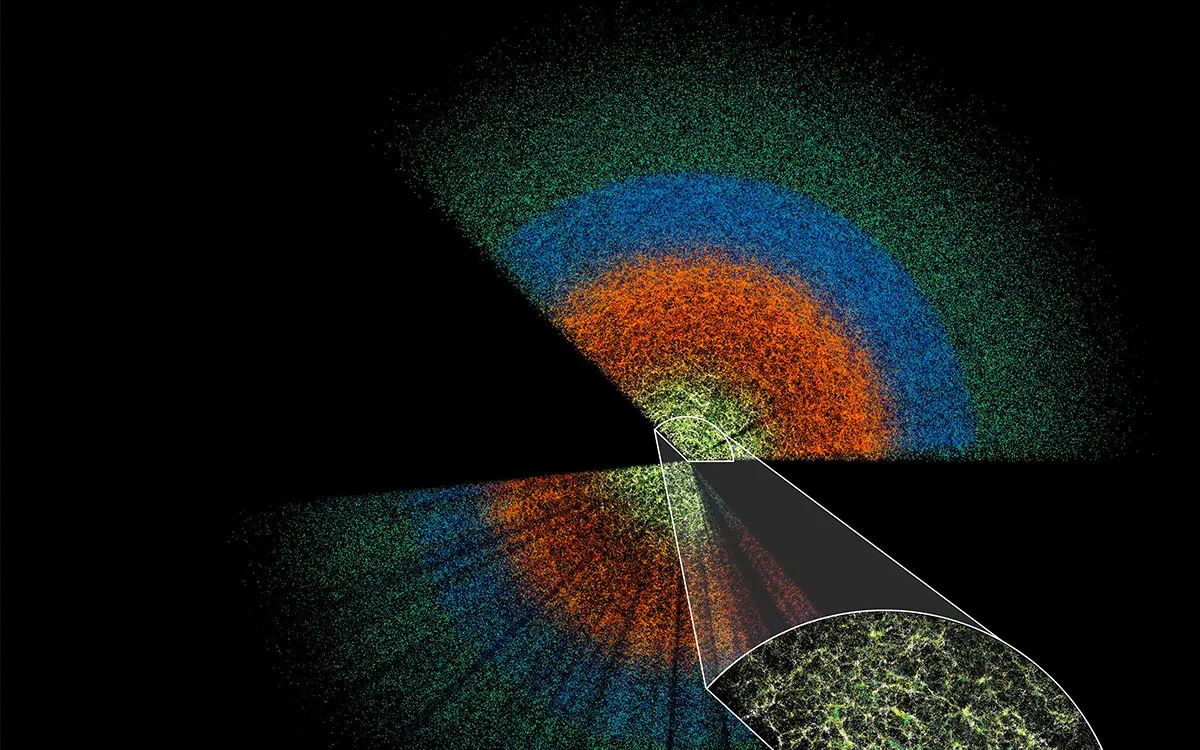
This week, researchers from the Atacama Large Millimeter/submillimeter Array (ALMA) made a groundbreaking discovery by reporting the presence of oxygen in the most distant known galaxy. This significant finding opens new avenues for understanding the formation of galaxies and the conditions of the early universe.
In another intriguing development, geologists have identified unusual rock structures in the desert regions of Namibia, Oman, and Saudi Arabia. These structures may provide evidence of previously unknown microorganisms that could reshape our understanding of life on Earth and the conditions necessary for life elsewhere in the universe.
A group of physicists has made strides in renewable energy by potentially generating a tiny charge of electricity using the Earth's rotational energy. This innovative approach could pave the way for new energy solutions, contributing to a sustainable future.
However, the most significant story this week comes from the second release of data from the Dark Energy Spectroscopic Instrument (DESI) survey, which aims to map a staggering number of galaxies over an impressive timespan of 11 billion years. Conducted at the Kitt Peak National Observatory in Arizona, this survey focuses on enhancing our understanding of dark energy, a mysterious force driving the acceleration of the universe's expansion.
For decades, astronomers have known that the universe is expanding, with evidence from the 1990s revealing that this expansion is accelerating for reasons still not fully understood. The term dark energy has come to symbolize this unknown force, leading to more questions than answers.
The latest data from the DESI collaboration suggests emerging tensions between observable evidence of the universe's expansion. By combining the new findings with previous observations, researchers discovered indications that the influence of dark energy on cosmic expansion might be diminishing over time. Arnaud de Mattia, a French physicist involved in the analysis, noted, "When we combine all the cosmological data, it favors that the universe's expansion was accelerating at a slightly higher rate around 7 billion years ago." Nonetheless, the team cautions that this theory has not yet achieved the five-sigma statistical threshold that physicists typically require for certainty.
If validated, this evolving theory of dark energy could profoundly impact the standard cosmological model, necessitating substantial revisions to incorporate these new findings. The implications of such changes could alter our understanding of the universe's fate dramatically.
Should the DESI results confirm that dark energy evolves over time, we might need to rethink the standard model, which currently proposes a gradual expansion leading to the universe's ultimate heat death. Instead, we could entertain more dramatic scenarios, such as the big rip or the big crunch.
In the big rip scenario, the universe's acceleration would increase to the point where all matter, down to atoms and subatomic particles, would be torn apart. As galaxies become gravitationally unbound and matter disperses, even atomic structures would disassociate.
Conversely, in the big crunch theory, the universe's expansion could reverse, leading all matter back to a singularity. If the universe contains enough matter, gravity could halt the expansion, causing everything to collapse inward.
A third theory, known as the big bounce, posits that the universe undergoes cycles of expansion and contraction. In this model, general relativity suggests that at the lowest point of convergence, quantum effects become significant, potentially preventing a singularity and resulting in a new explosive expansion, birthing a new universe.
Currently, this theory remains far from the five-sigma threshold, but it is undoubtedly one of the most compelling narratives regarding the universe's nature and our place within it.
The latest data releases from the DESI survey are publicly available online, allowing researchers and enthusiasts alike to explore these revolutionary findings and their implications for the future of cosmology.
© 2025 Science X Network